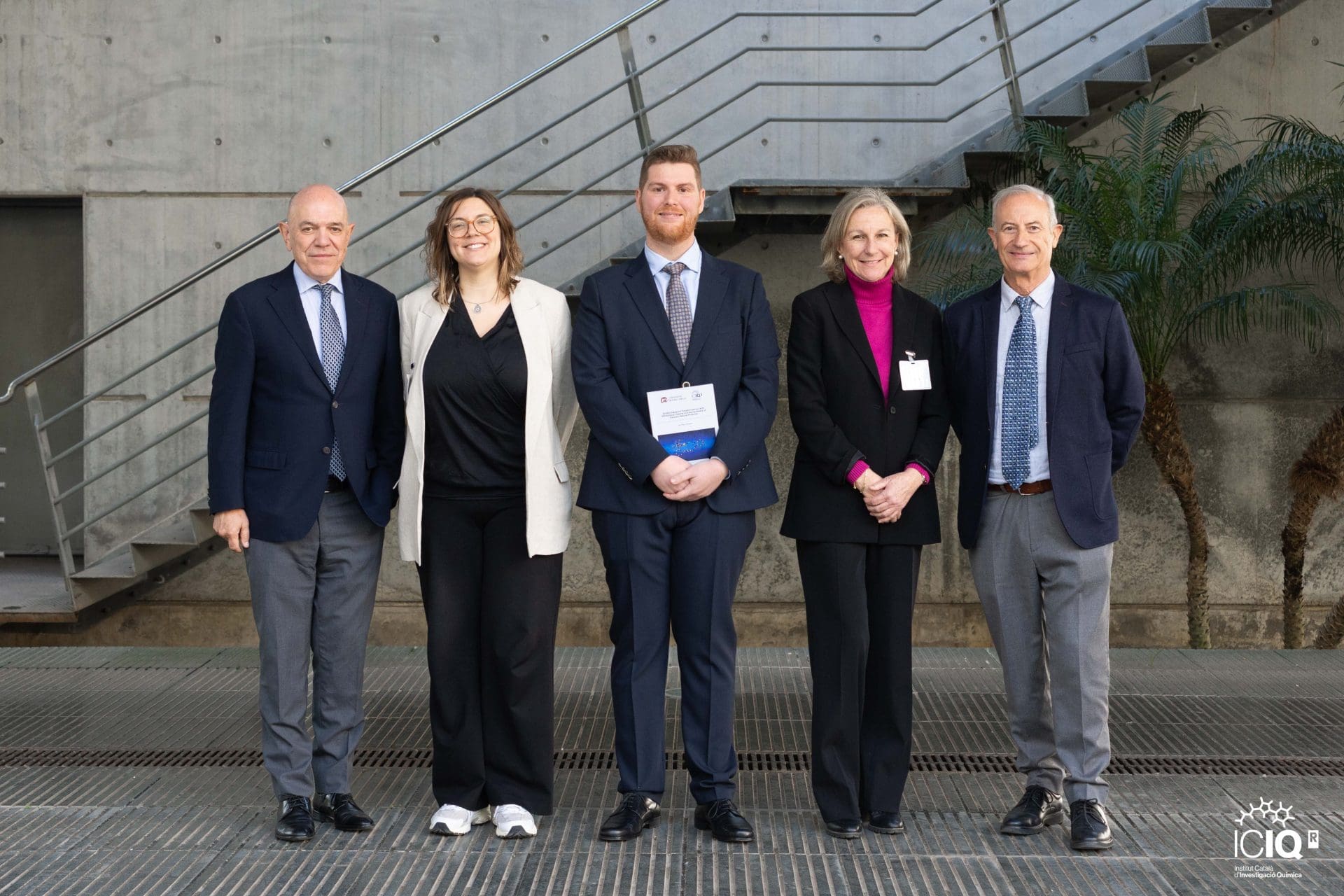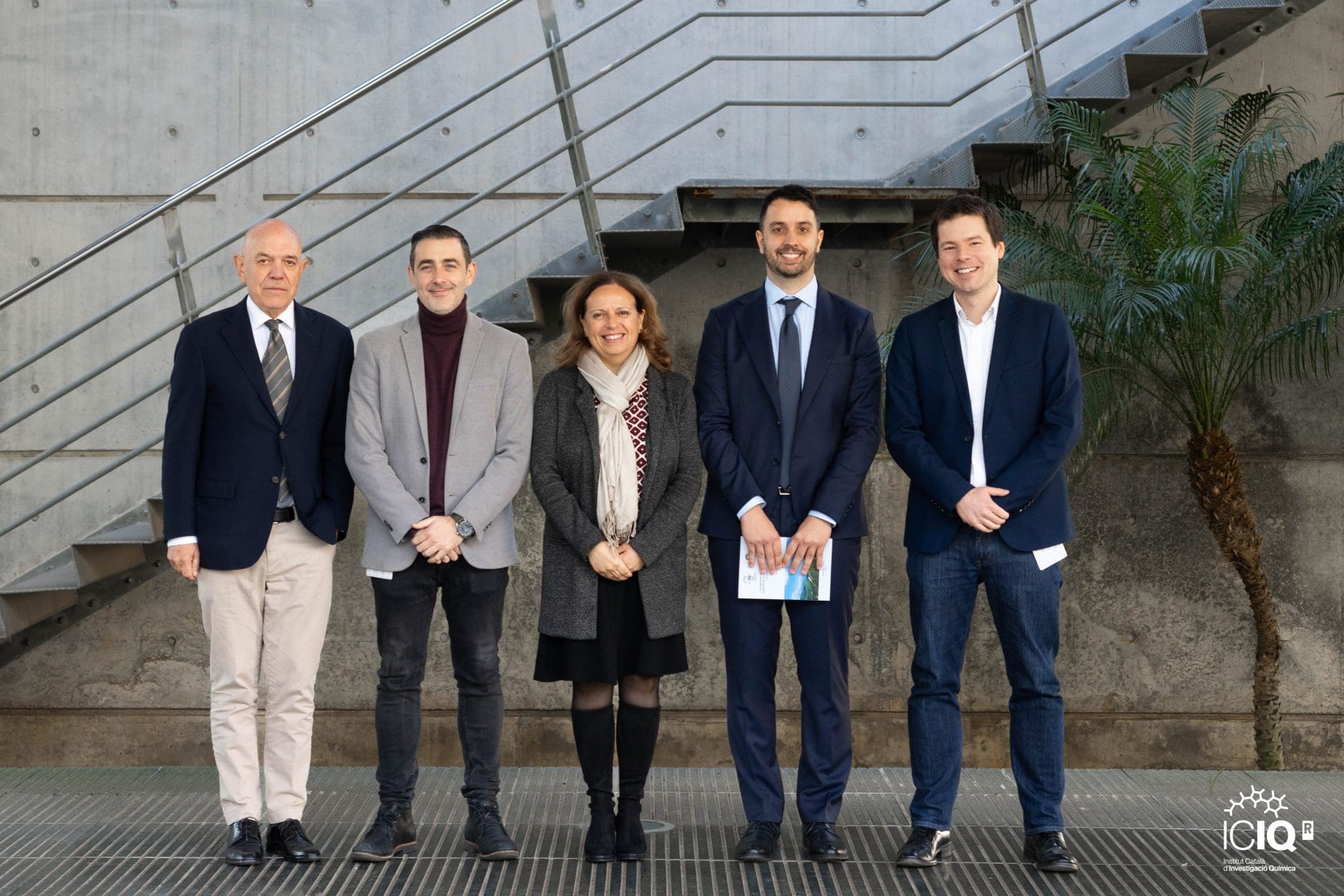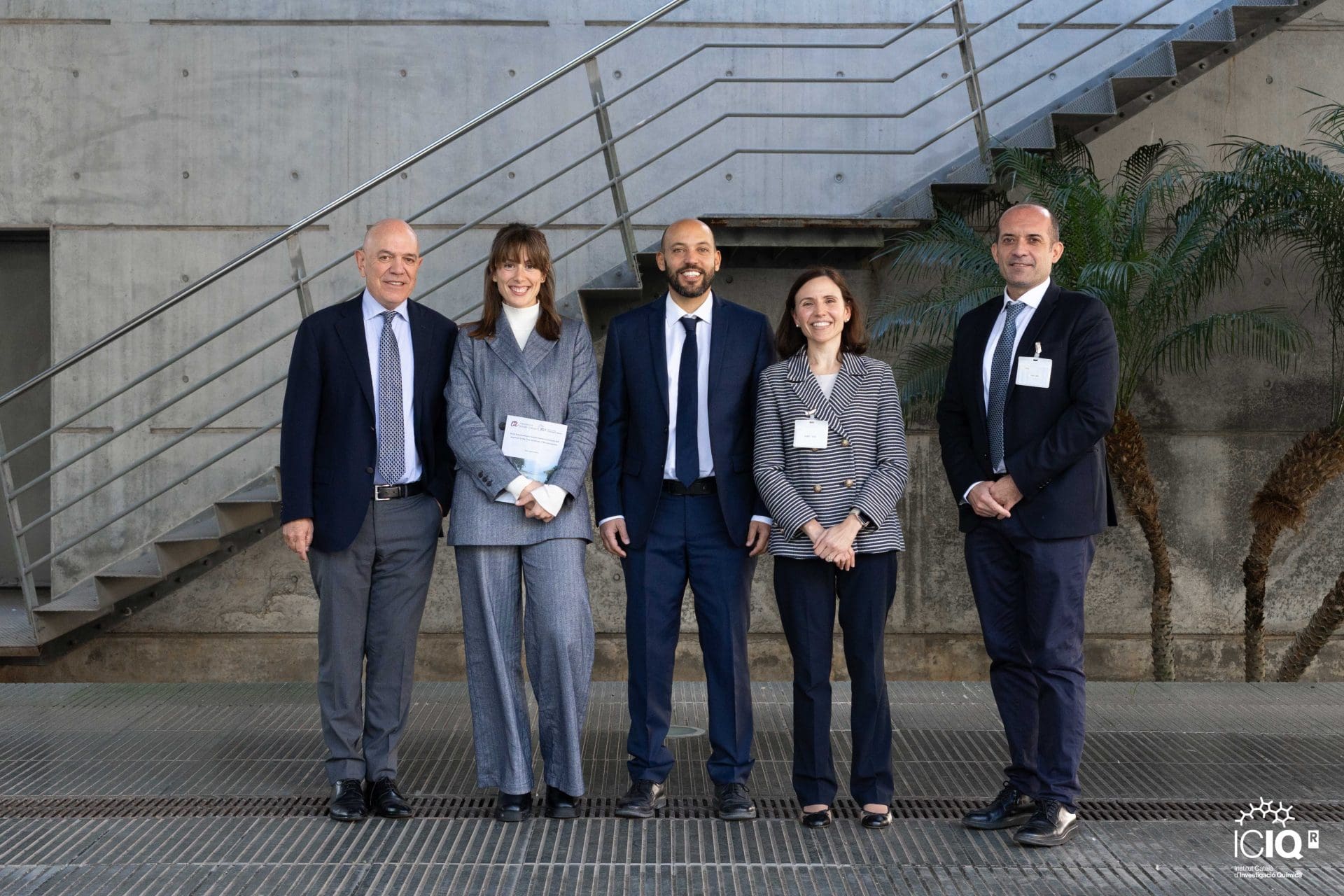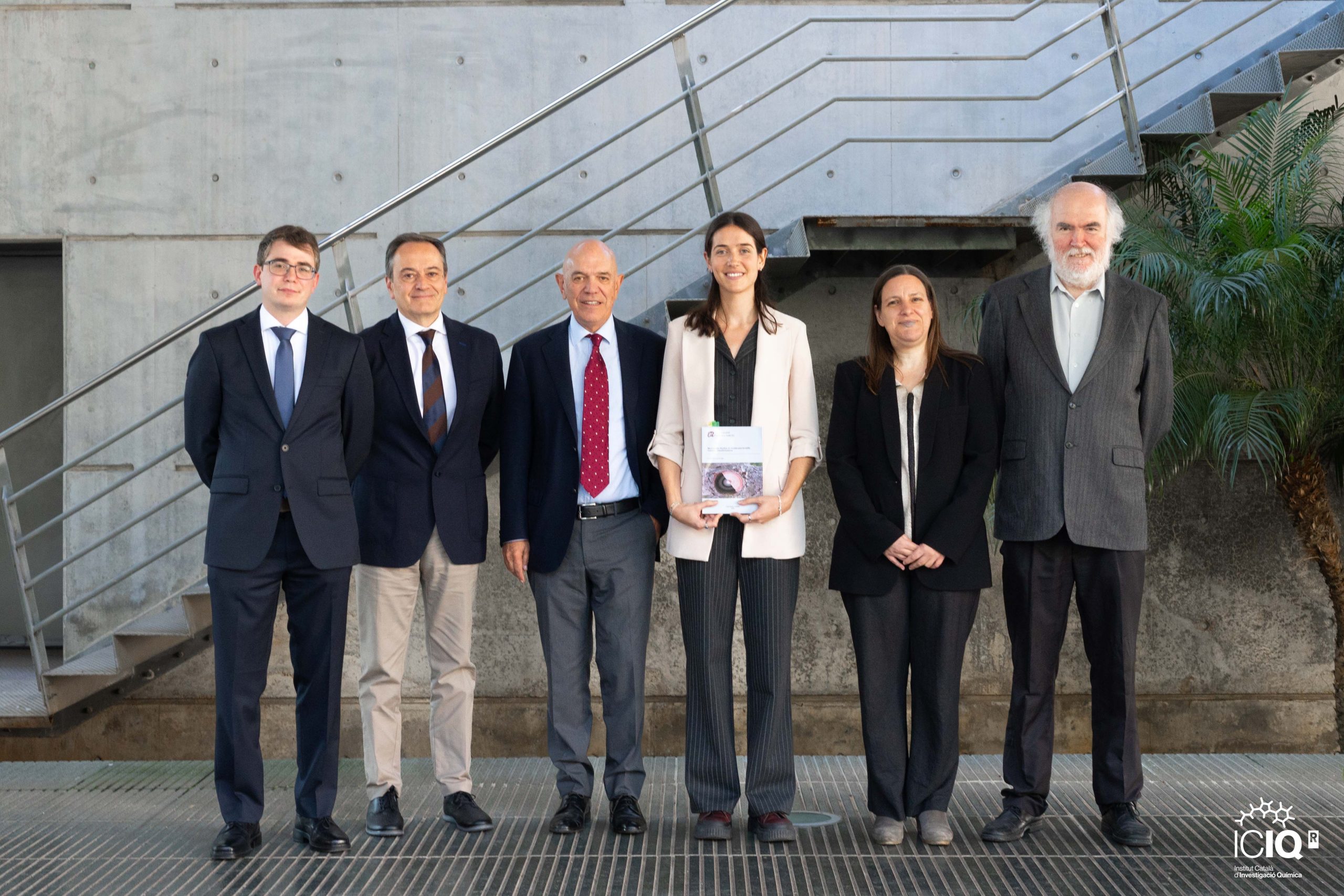Modular chiral gold(I) catalysts as new tools in asymmetric synthesis
Researchers from the group of Prof. Antonio M. Echavarren, from ICIQ, have reported new ligand design adapted to the geometry of gold(I)
4th February 2025 – In a work recently published in the journal ACS Catalysis, researchers from the Institute of Chemical Research of Catalonia (ICIQ) have reported the readily modular preparation of chiral gold(I) complexes with 1,2-disubstituted ferrocene ligands in only two steps, and their application in enantioselective gold(I) catalysis.
Prof. Echavarren’s group has designed a new family of chiral gold(I) ferrocenyl phosphine complexes and applied them to the gold(I)-catalyzed enantioselective cyclization of three structurally different 1,6-enynes with excellent enantioselectivities. Crystallographic and computational studies highlighted the important role of noncovalent interactions within the ligand scaffold and between the ligand and substrate in the modes of enantioinduction in the cyclization of unsaturated substrates.
“The design of new chiral ligands plays an important role in the progress of asymmetric catalysis. This study highlights the significance of our work. Furthermore, this allowed us to test our recently developed open-source tool NEST, based on DFT calculations, with this new catalyst design”, explains Prof. Antonio M. Echavarren.
As introduced by Prof. Echavarren, Dr. Maria Besora and Dr. Imma Escofet, NEST is an open-source tool specifically designed to account for steric effects in cylindrical-shaped complexes, allowing the prediction of experimental enantioselectivities in these systems. This tool has been recently described by the group in collaboration with the group of Dr. Maria Besora, from the Rovira I Virgili University (URV). In the present work, NEST was applied to analyze the chiral pockets of the catalysts, which in combination with RDKit allowed the researchers to understand the enantioselectivity in these reactions. This work provides a platform for predicting and advancing rational ligand design for asymmetric gold(I) catalysis while streamlining the design of novel chiral ligand scaffolds.
Reference publication
Practical Synthesis of Chiral Ferrocenenylphosphino-Gold(I) Catalysts and NEST Analysis of the Enantioinduction
Mora, P.; Escofet, I.; Besora, M.; Cester Bonati, F.; Echavarren, A. M.
ACS Catal. 2025, 15, 2342–2350
DOI: 10.1021/acscatal.4c07495
Related news

Let's create a brighter future
Join our team to work with renowned researchers, tackle groundbreaking
projects and contribute to meaningful scientific advancements
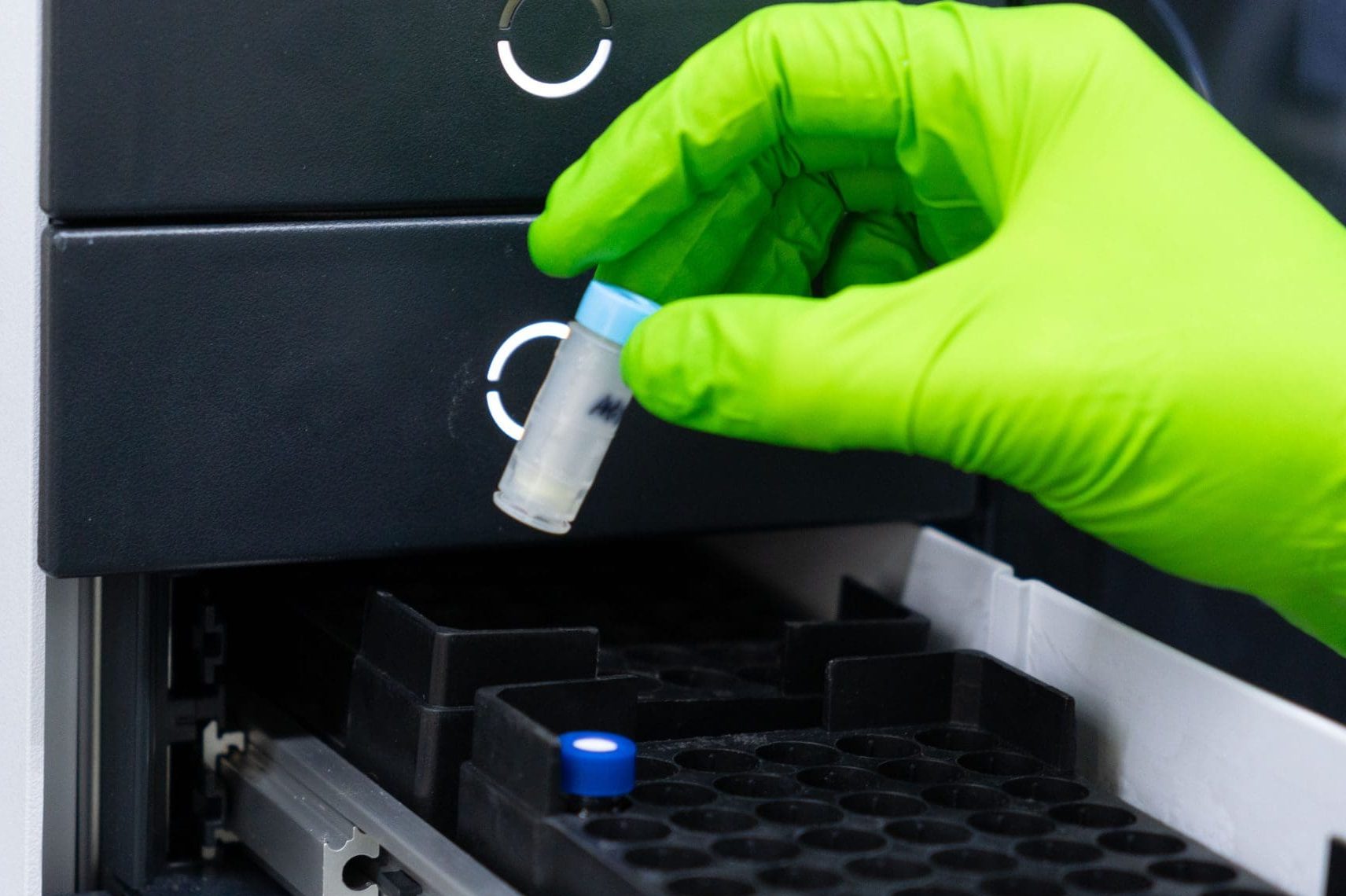





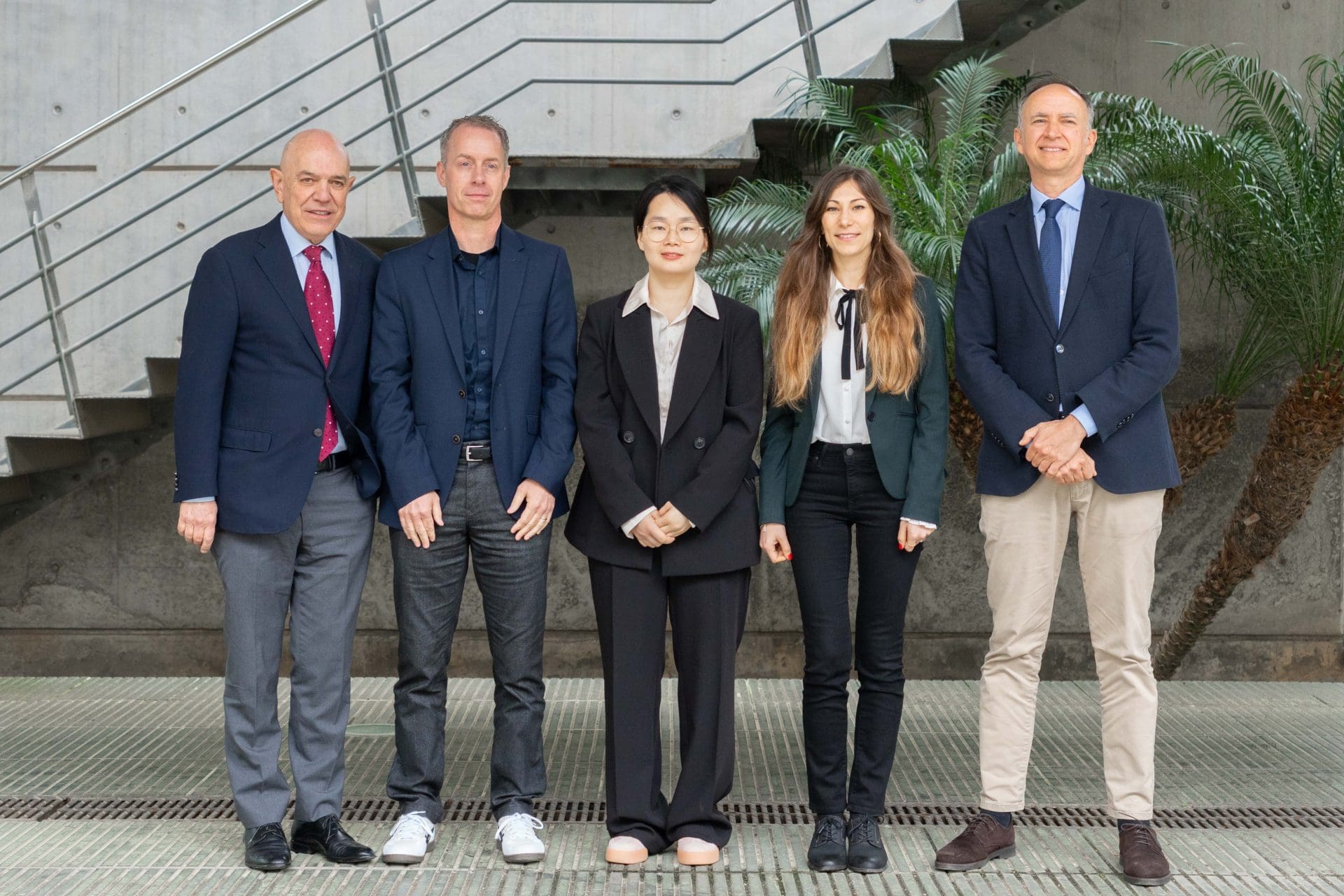
 06-03-2025
06-03-2025 
